
Upcoming events.

FOURTH SUNDAY AT THE SHRINE!
Living Catholic Invites You to attend Mass for the Fourth Sunday in Advent at Epiphany of Our Lord Shrine
As you may be aware, Epiphany Shrine is dedicated to celebration of the Traditional Latin Mass. We will attend, as a group, the High Mass according to the 1962 Missal of the Roman Rite. Due to the Shrine’s popularity, it is encouraged that you arrive no less than 30 minutes prior to the start of Mass.

Advent - Week IV - Love
Join us for our FINAL PREPARATIONS FOR Christmas! This will be a joint meeting. We’ll review our Event at the Shrine, have a little potluck, fellowship and an examination of Catholic Love.
We’ll get the Pole out of the Crawlspace for this meeting!

The Four Marian Dogmas
At this meeting of the Filii Dei, in preparation for the Solemnity of Mary, we’ll discuss the four Marian Dogmas of the Church. In advance, consider the following:
The Four Marian Dogmas:
The Marian dogmas of the Catholic Church are not devotional excesses nor medieval accretions, but Christological and ecclesiological affirmations organically developed within the Church’s reflection on Divine Revelation. Each dogma safeguards a truth about Christ Himself, the Incarnation, and the economy of salvation, functioning as doctrinal boundary markers rather than optional pieties. The four Marian dogmas are:
Mary as Theotokos (Mother of God)
Mary’s Perpetual Virginity
The Immaculate Conception
The Assumption of Mary
The Marian dogmas do not distract from Christ; they defend Him. Each dogma emerges from sustained reflection on Scripture within the living Tradition of the Church and is definitively interpreted by the Magisterium. Far from optional beliefs, they form a coherent theological system safeguarding the mysteries of the Incarnation, Redemption, and Resurrection.
Want the resources I’m using for this meeting in advance? Here you go!
1: Council of Ephesus (431), DS 252
2: St. Cyril of Alexandria, Third Letter to Nestorius
3: St. Athanasius, Orations Against the Arians
4: Lateran Council (649), DS 503
5: Thomas Aquinas, Summa Theologiae III, q.28
6: Jerome, Against Helvidius
7: Jerome, Ep. 22
8: Augustine, Sermon 186
9: Pius IX, Ineffabilis Deus (1854)
10: Aquinas, ST III, q.27, a.2 (with later theological development)
11: Ephrem the Syrian, Carmina Nisibena
12: Pius XII, Munificentissimus Deus (1950)
13: Romans 5:12; cf. Aquinas, ST III, q.27
14: John Damascene, Homily on the Dormition
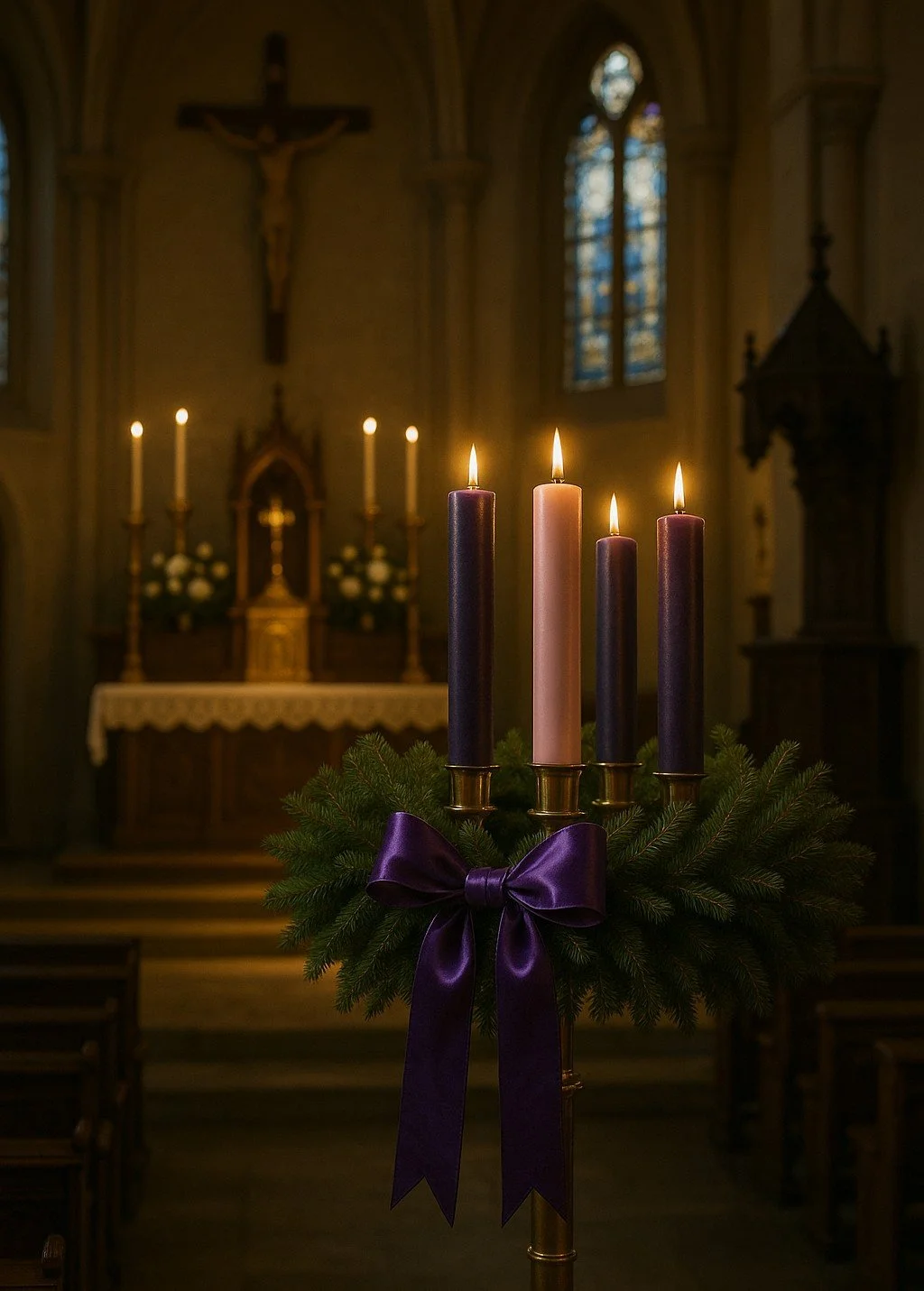
Advent - Week III - Gaudete Sunday
WEEK THREE OF ADVENT —We talk Gaudete Sunday - The Great Joy!
Our Liturgical Study will be in preparation for the 4th Sunday of Advent TLM Event!
Living Catholic will also provide a crash-course in preparation for the TLM Event—i.e., What to Expect, Practices, basic Latin responses [for those who wish to attempt same] and all questions will be answered.

ADVENT - Week II - PEACE
Come and join us as we discuss the Second Week of Advent and Peace. What does “Peace” actually mean for us as Catholics? We’ll be joined by a guest - Fr. Brad Reed of Sacred Heart Parish
We will also have our Liturgical Study for the Third Sunday of Advent!

ADVENT — A History in the Catholic Church and How to Properly Celebrate It!
GET READY FOR AN EXCITING JOINT MEETING OF THE SONS AND DAUGHTERS OF GOD FOR A NEW YEAR’S CELEBRATION TWO MILLENNIA IN THE MAKING!
The Way and the Life - Part I - Baptism
We begin our exploration of Sacramental Theology with the entry into the divine life through Baptism. What is Baptism? What does it do? Why are infants baptized? What does Noah’s Ark, the Red Sea and crossing of the Jordan have to do with Baptism? What kind of water is required? Can any Catholic baptize? What is an Aspergillum? We will answer ALL your questions surrounding Baptism. And finally, you’ll learn what the following means:
Aspereges me, Domine hyssopo et mundabor; lavabis me et super nivem dealabor.
We will examine a number of texts from prefiguration of Baptism to its necessity for Salvation.
Consider:
I. CATECHISM OF THE CATHOLIC CHURCH
II. Scripture References
A. Prefigurations in the Old Testament
Genesis 1:2 – The Spirit hovers over the waters: water as the source of life.
Genesis 7–9 (Noah’s Ark) – The flood prefigures salvation through water (cf. 1 Peter 3:20–21).
Exodus 14:21–29 – The crossing of the Red Sea as liberation from slavery through water.
Joshua 3:14–17 – Crossing the Jordan into the Promised Land, symbolizing entry into new life.
Ezekiel 36:25–27 – “I will sprinkle clean water upon you, and you shall be clean… I will give you a new heart.”
B. Institution and Command of Christ
Matthew 3:13–17 – Christ Himself is baptized by John, sanctifying the waters.
John 3:3–5 – “Unless one is born of water and the Spirit, he cannot enter the kingdom of God.”
Matthew 28:19–20 – “Go therefore and make disciples of all nations, baptizing them…”
Mark 16:16 – “He who believes and is baptized will be saved.”
C. Apostolic Preaching and Practice
Acts 2:38–41 – Peter: “Repent and be baptized… for the forgiveness of your sins.”
Acts 8:12–13, 36–38 – The baptism of the Samaritans and the Ethiopian eunuch.
Acts 9:18 – Paul’s baptism following his conversion.
Romans 6:3–5 – “We were buried therefore with Him by baptism into death…”
1 Corinthians 12:13 – “By one Spirit we were all baptized into one body.”
Galatians 3:27 – “As many of you as were baptized into Christ have put on Christ.”
Ephesians 4:4–6 – “One Lord, one faith, one baptism.”
Colossians 2:12–13 – “Buried with Him in baptism… raised with Him through faith.”
Titus 3:5 – “He saved us… by the washing of regeneration and renewal in the Holy Spirit.”
1 Peter 3:20–21 – “Baptism… now saves you.”
III. Magisterial and Encyclical Teaching
1. Councils and Decrees
Council of Trent (Session VII, 1547) – Decree on the Sacraments in General and Decree on Baptism
Canon 1: Condemns denial of Baptism as necessary for salvation.
Canon 2: Affirms that true and natural water is required.
Canon 5: Denounces rebaptism.
Canon 13: Upholds infant baptism.
Fourth Lateran Council (1215) – “There is one baptism which regenerates all who receive it rightly.”
Vatican II, Sacrosanctum Concilium §6 & Lumen Gentium §11 – Emphasize Baptism as incorporation into the Mystical Body and participation in the priesthood of Christ.
2. Papal Encyclicals and Teachings
Pius XII, Mystici Corporis Christi (1943) – Baptism as the sacramental bond uniting the faithful to the Mystical Body of Christ (§22–25).
John Paul II, Redemptoris Missio (1990) – Stresses Baptism’s missionary dimension: the baptized share in Christ’s priestly, prophetic, and kingly office (§47).
John Paul II, Catechesi Tradendae (1979) – Baptism as the foundation of catechesis (§23).
Benedict XVI, Sacramentum Caritatis (2007) – Baptism as prerequisite for Eucharistic communion (§17).
Francis, Lumen Fidei (2013) – Faith and Baptism as inseparably linked (§41–44).
3. Other Magisterial Documents
Roman Catechism (Catechism of the Council of Trent) – Part II, “On the Sacrament of Baptism”: an authoritative pre-modern exposition detailing matter, form, minister, necessity, and effects.
Baltimore Catechism – Q. 631–648: classic concise teaching on the purpose and effects of Baptism.

Allhallowtide - Memento Mori
JOIN US FOR A SPECIAL ALLHALLOWTIDE SPECIAL MEETING!
We will unpack the following Traditional Catholic Triduum:
1). VIGILIA OMNIUM SANCTORUM - The Vigil of All Saints
2). FESTUM OMNIUM SANCTORUM - Feast of All Saints
3). COMMEMORATIO OMNIUM FIDELIUM DEFUNCTORUM - Commemoration of the Faithful Departed [All Faithful Souls Day]
4). AllHallowTide — The Octave of All Souls.
Scripture Considerations:
🕯️ I. SCRIPTURE CONSIDERATIONS
1. Intercession and the Communion of Saints
Hebrews 12:1 – “We also, having so great a cloud of witnesses over our head…”
The saints are living witnesses who surround and encourage the Church Militant.Revelation 5:8 – “The twenty-four elders fell down before the Lamb… having golden vials full of odors, which are the prayers of saints.”
Heavenly intercession is scriptural and active.Tobit 12:12 – “When thou didst pray with tears, and didst bury the dead… I offered thy prayer to the Lord.”
Angel mediators and works of mercy united with intercession.
2. Prayer and Sacrifice for the Dead
2 Maccabees 12:43–46 – Judas Maccabeus “sent twelve thousand drachms of silver to Jerusalem for sacrifice to be offered for the sins of the dead… it is therefore a holy and wholesome thought to pray for the dead.”
The most direct biblical foundation for All Souls’ Day and the doctrine of Purgatory.1 Corinthians 3:13–15 – “If any man’s work burn, he shall suffer loss, but he himself shall be saved, yet so as by fire.”
Classic purgatorial text: purification of the saved after death.Matthew 12:32 – “It shall not be forgiven him, neither in this world, nor in the world to come.”
Implies that some sins can be remitted in the next life.
3. The Call to Holiness (All Saints)
Matthew 5:48 – “Be ye therefore perfect, as your heavenly Father is perfect.”
Revelation 7:9–14 – “A great multitude… clothed with white robes… they have washed their robes and made them white in the blood of the Lamb.”
The Church Triumphant seen in heaven.1 John 3:2–3 – “When He shall appear, we shall be like Him, for we shall see Him as He is… every one that hath this hope purifieth himself.”
4. Vigil and Watchfulness (All Hallows Eve)
Matthew 25:1–13 – The Parable of the Wise and Foolish Virgins: “Watch, therefore, for you know neither the day nor the hour.”
Luke 12:35–40 – “Let your loins be girt and lamps burning… blessed are those servants whom the Lord finds watching.”
The Vigil of All Saints recalls our need for readiness at death.
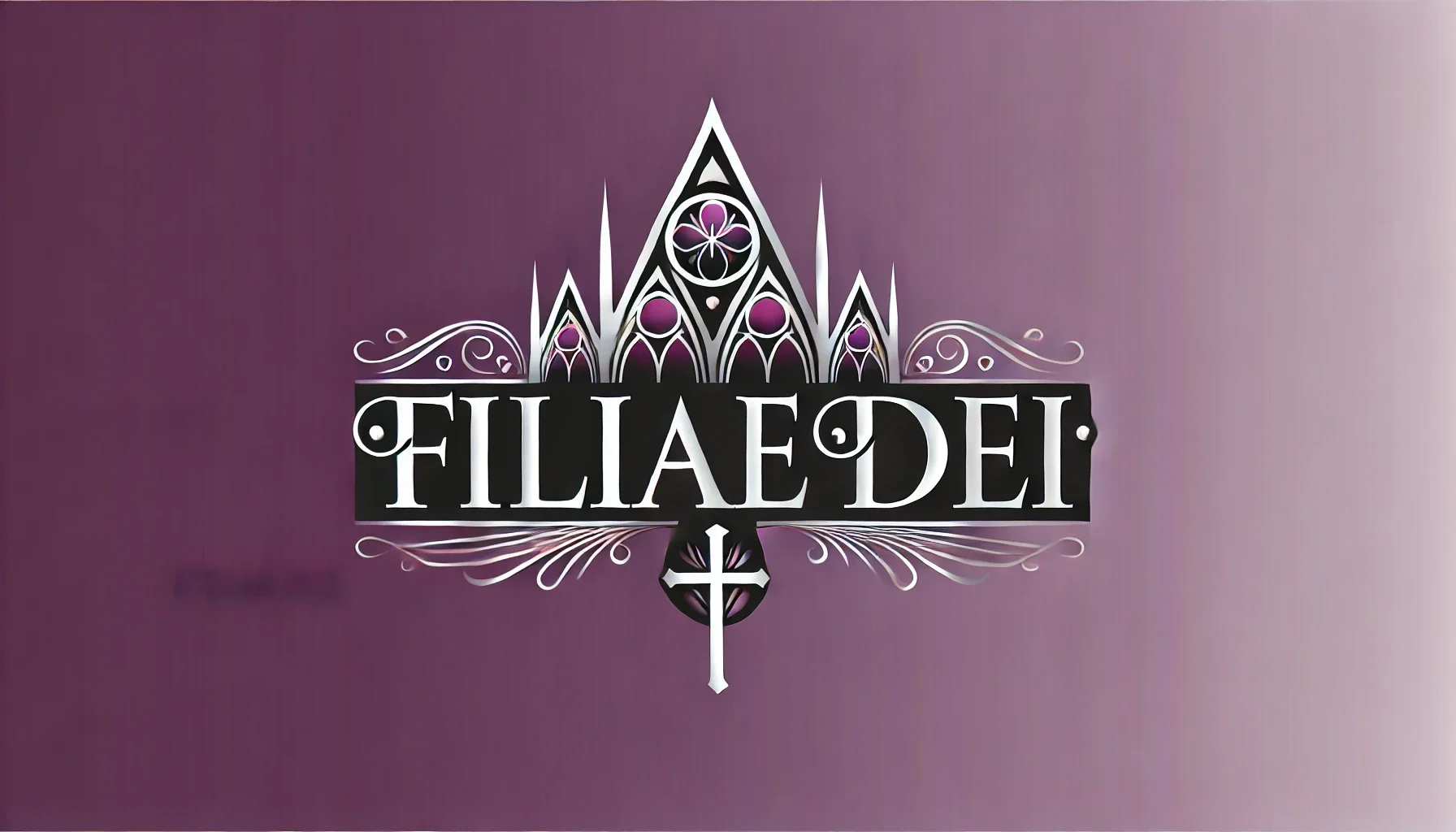
Et Unum Sanctam Catholicam Apostolicam Ecclesiam
The Filiae Dei continues analysis and discussion of “What Christians believe—an examination of the Nicene-Constantinopolitan Creed: The ONE holy catholic and apostolic church. We’ll examine what is meant by ONE and HOLY. We will continue the examination of Bishop Barron’s Book
The Logos as the Way, The Truth and the Life - Part III -
The Filii Dei continues the connection of the Logos in Christ as Rational/Divine Order. We conclude our series on the “Way”, “the Truth” and the “Life” with an explanation/ beginning into this 3rd Element—i.e., the “Life.” We will begin to examine Sacramental Theology and the basis of each Sacrament within the Church and we will, of course, begin with The Sacrament of Baptism.
What does “the Life” actually mean? Here’s one thing—it is more than “be nice.” In our Felt Banner Fueled Theology, we often are led to believe that “the Life” means imitation of Jesus as a Cosmic Mr. Rogers. Nothing could be further from the Truth.
Come and learn what “communion with the Life” truly means… In advance, please consider the following:
John 14:6
John 1:4
John 5:26
John 10:10
John 6:51, 53-57
John 11:25-26
Romans 6:4-5
Galatians 2:20
1 John 5:11-12
Colossians 3:3-4
We’ll learn about the “Divine Life”-and how we can participate within it.
The Logos as the Way, The Truth and the Life - Part I
The Filii Dei continues the connection of the Logos in Christ as Rational/Divine Order. We’ll discuss the concept of what it means to be obedient to Christ? We’ll examine the REAL answer to what it means that Christ is “The Way, The Truth and The Life”
Sourcing:
Scripture: John 4:34, 14:6, 15:5 15:10 Philippians 2:6-8, Hebrews 4:12, 5:8-9, 1 Peter 2:21, 1 John 2:6
Magisterial Teaching
—Catechism Discussion: CCC: 459, 2471, 2825, 1803-1804
—Council Considerations: Chalcedon (451), Lateran IV (1215)
Church Doctors
Aquinas - Summa Theologiae: ST III, Q.1, a.2
Athanasius Contra Mundum - “Orations Against the Arians”
Augustine - Sermon 96
Encyclicals
Pope St. JPII, Veritatis Splendor (1993)
Pope Benedict XVI, Spe Salvi
Pope Leo XIII, Libertas
——————————————————————
Questions for Consideration:
1). How does obedience differ from the modern gospel of “be nice.”
2). What does fiat voluntas tua [thy will be done] mean for me?
3). What is one area of my life where Christ’s radical obedience challenges my own pride?
4). What are the consequences of following Christ openly? Am I prepared to accept them?

Spiritum Sanctum, Dominum et vivificantem
The Filiae Dei continues with the Nicene-Constantinopolitan Creed with The Holy Spirit—The Lord, the Giver of Life

The Logos as Divine Person in Jesus Christ
Genitum, Non Factum, Consubstantialem Patri: Per Quem Omnia Facta Sunt.
Begotten, not made, Consubstantial with the Father—Through Him ALL Things were Made.
The Filii Dei begins the connection of the Logos as Rational/Divine Order and John’s assertion of the Logos as Divine Person. We’ll examine how this distinguishes from Deist contentions of Divine Watchmaker.
Sourcing:
Scripture: John 1:1-5, 1:14; Colossians 1:15-17; Hebrews 1:1-3, 2:14-17, 13:8; Malachai 3:6
Magisterial Teaching
—Catechism Discussion: CCC: 291-292
—Council Considerations: Lateran IV (1215)
Church Doctors
Aquinas - Summa Theologiae: ST I, Q.27-28
Athanasius Contra Mundum - “Orations Against the Arians”
Augustine - Sermon 186
Encyclicals
Dei Filius [Vatican I, 1870]
Fides et Ratio [Pope St. John Paul II, 1998]
——————————————————————
Questions for Consideration:
1). Did God “Change” via the Incarnation? Why or Why Not?
2). Why did God assume flesh in hypostatic union?
Logos and Creation
Logos and Creation—Order as Divine Expression — Following last week’s meeting introducing the concept of the “Logos” as found in John 1:1-3, we expand on Creation and Divine Expression. We will analyze Genesis 1:1-3 / Wisdom 11:20 the Summa Theologiae I:I Q.45 and Augustine Confessions Book XI
Also — as part of the newly created Bible Study, we’ll analyze the readings for the Feast of the Exaltation of the Holy Cross for Sunday, September 14 and will introduce the Readings for the following Sunday, September 21, 2025
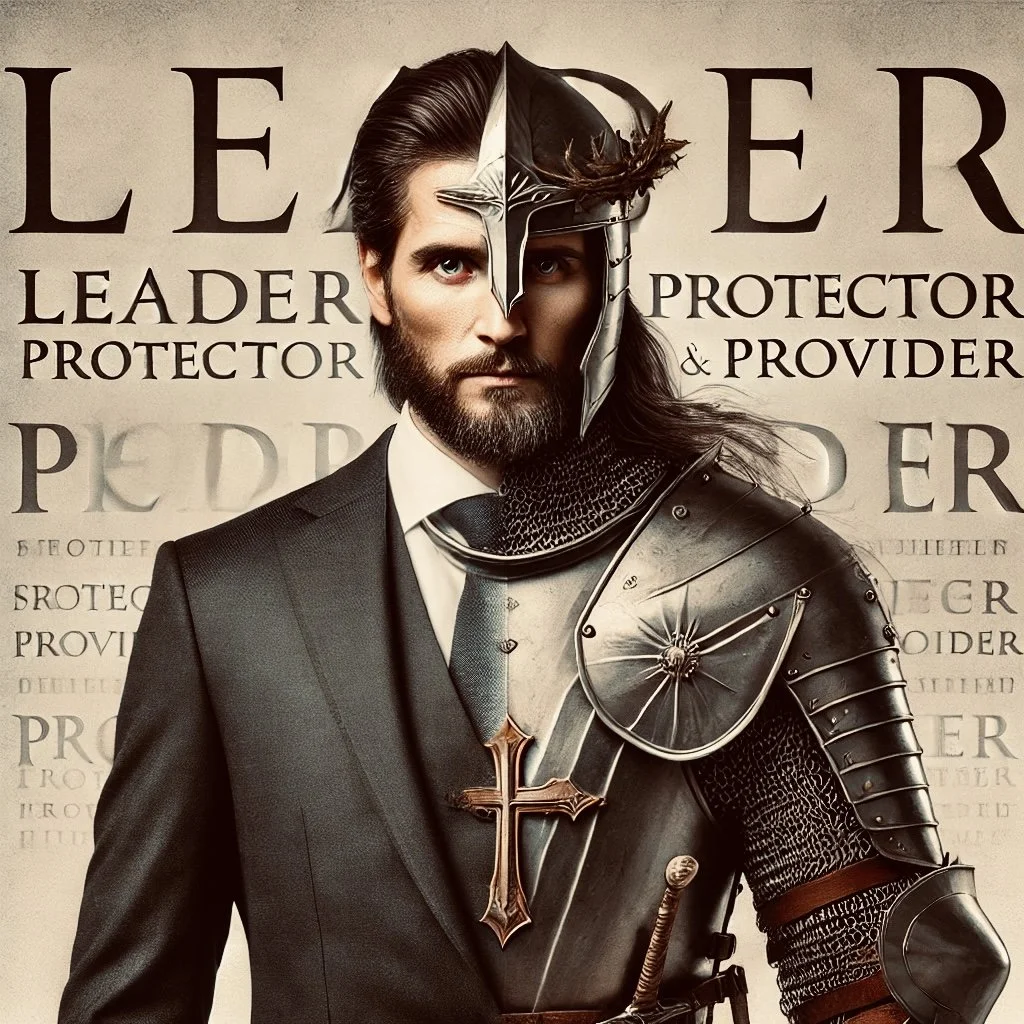



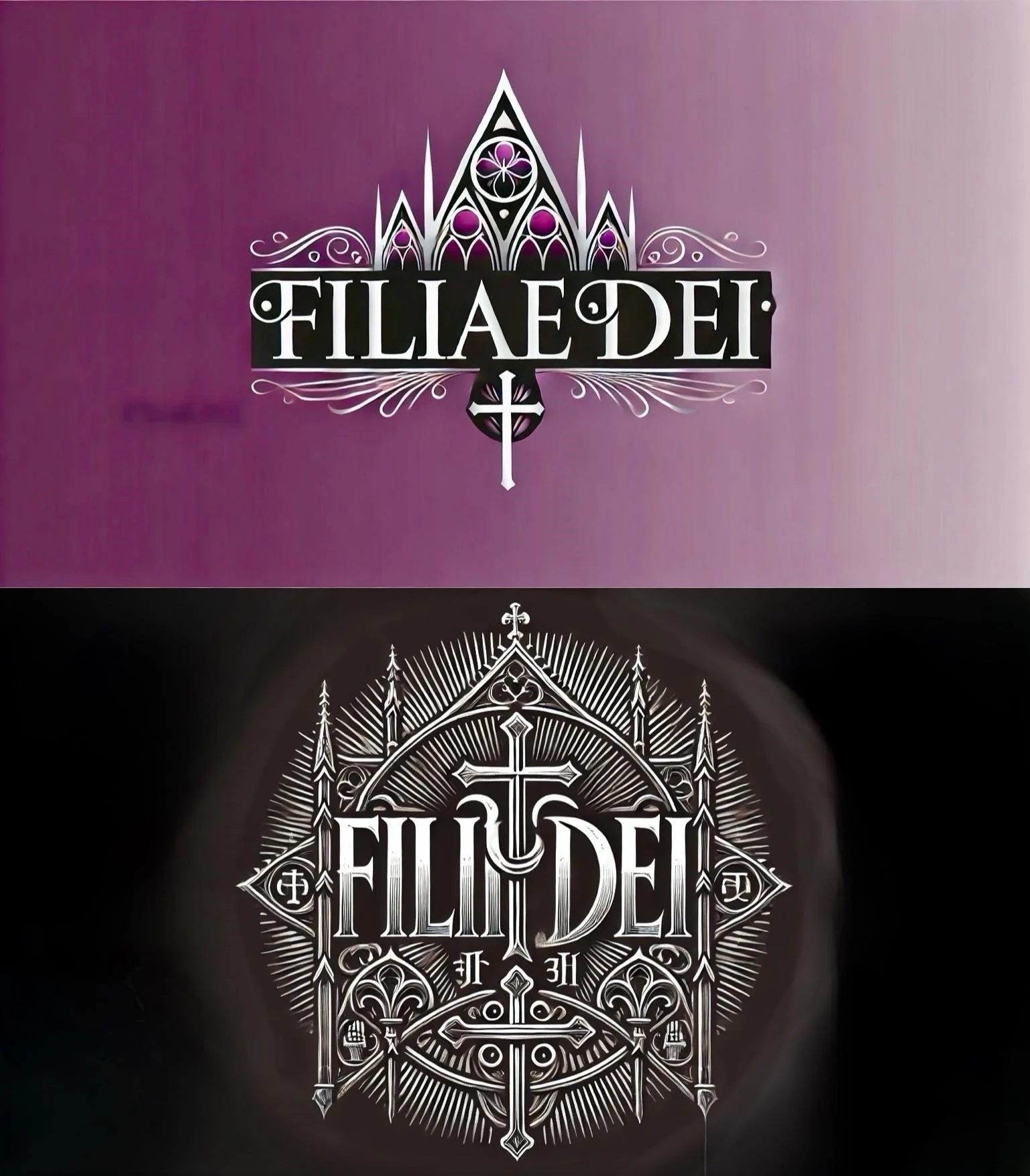

Into the Breach: Why Catholic Men Need the Ignatian Spiritual Exercises
An introduction to the Spiritual Exercises of St. Ignatius of Loyola as a battle plan for sanctity, clarity, and masculine virtue. Get ready—we’re going to move into the Spiritual Exercises for the next several weeks. Check back as this program is developed. We’ll introduce tonight…
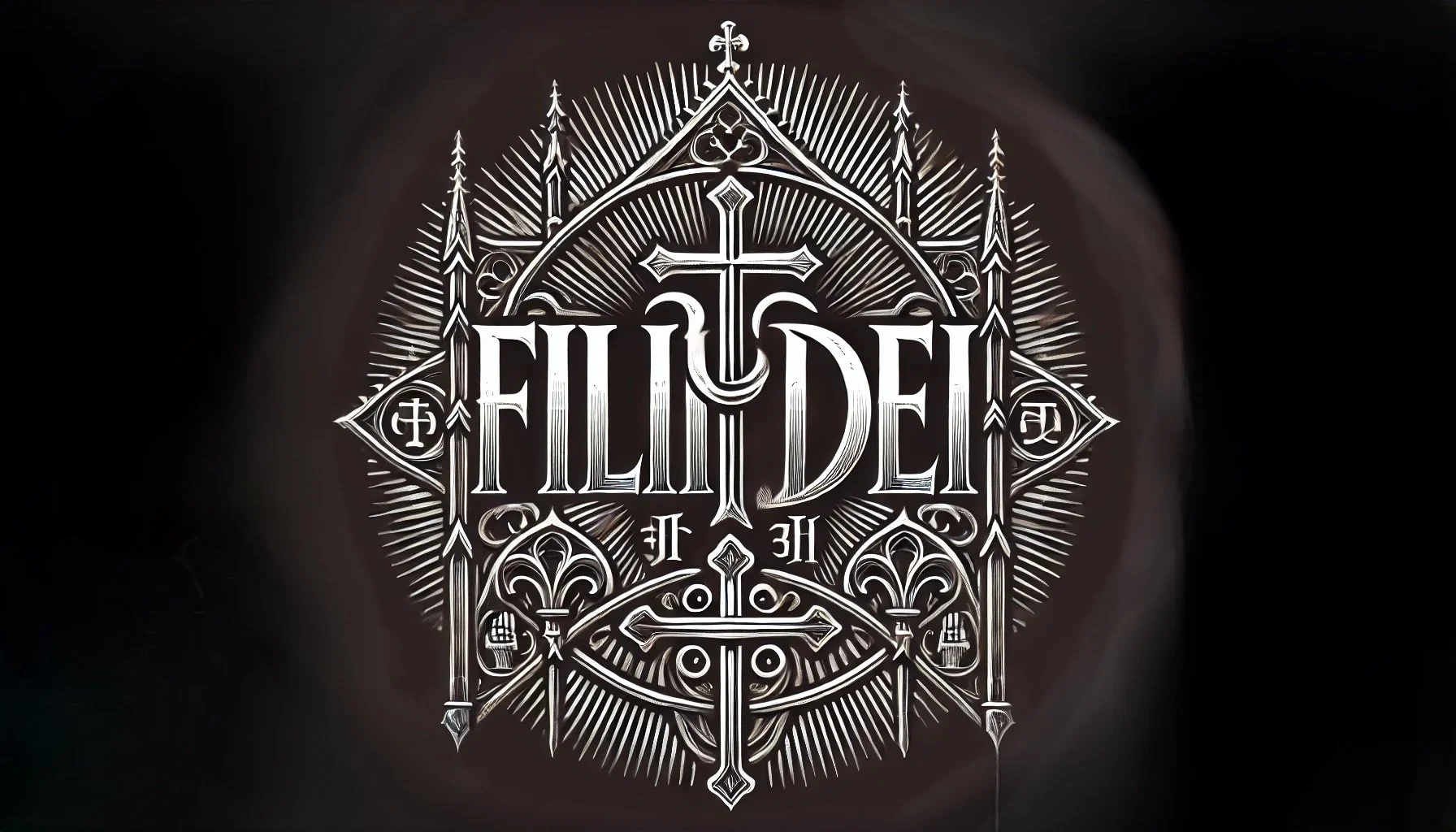
The One perfect sacrifice - Part III - Interior Participation… a how-to guide
Join us as we finish our examination of The One Perfect Sacrifice. For this evening, we’ll discuss the Canon of the Mass together with a practical “How-To” guide for interior participation in the Mass.
Discovering the One Perfect Sacrifice - Part II
What came first? The chicken or the egg? The Mass or the Bible? For Catholics, it is clear that the Gospel as preached and practiced in the liturgy gave rise to the New Testament. But, the Mass has its roots in Jewish Synagogue and Temple practice. Join us as we walk—step-by-step through the liturgy and learn its Biblical sourcing and how the Mass became the source for the New Testament. Learn how to answer your Protestant friends who will claim that the Mass isn’t “Biblical.”
Discovering the One Perfect Sacrifice - Part I
Join us as we explore the Eucharist as the “one perfect sacrifice.” What exactly does this mean in salvation and sacrificial history? To understand the Eucharist and the Sacrifice of the Mass, one has to understand sacrificial history. We’ll discuss the Jewish Sacrificial system and explain how Christ in the Eucharist becomes the one perfect Sacrifice in the Mass.

VATICAN II - Part III - The Implementation
Vatican II’s end will see it’s 60th Anniversary on December 8, 2025. We will conclude our series with an analysis of where the Church is today. Where was the Council successful? Unsuccessful? What role do we play in aggiornamento? How can we, as men—the leaders, protectors and providers—properly continue the implementation of Vatican II?

VATICAN II - Part II - The Documents
The Teaching of Vatican II. We will begin discussing the Four Major Documents of Vatican II:
Sacrosanctum Concilium [Holy Council - On the Sacred Liturgy]
Lumen Gentium [Light of Nations — Dogmatic Constitution on the Church]
Dei Verbum [Word of God — On Divine Revelation]
Gaudium et Spes [Joy and Hope - On the Church in the Modern World]
We will discuss what the documents actually say v. popular perceptions. This meeting, in particular, will focus on the first of the documents and liturgical reform. We’ll answer all the questions—how did the Mass change? Why? What were the aims of the changes? What does “active participation” mean? What does versus populum mean? Where, exactly, is “liturgical east?” What is an indult?

Vatican II - Part I - The History and Purpose
We begin our three-part series on Vatican II. A Pastoral or Dogamatic Council? Why Vatican II was convened? We’ll discuss the historical context in which the Council was called, the overall goals of the Council with a particular focus on lay participation and the renewal of Church life.
As Men, what did the Council ask of us?

What is the Church?
Join us for our rescheduled final session on the Creed. Credo in unum sanctam catholicam apostolicam ecclesiam—i.e., We believe in One Holy Catholic and Apostolic Church.
What does it mean we believe in One Holy Catholic and Apostolic Church? What IS the Church? Is it the buildings? Is it the people? Is it a place of charity? A place of prayer? Is it a place to socialize? What differentiates one church from another? Does it matter? Why OUR Church?

Discerning God's Will
Join us ladies as together we will explore how to listen for God’s guidance, recognize His voice amidst the noise of the world, and respond with trust and courage.
See you in the Parish Center! All are welcome!

The Creed - Part IV - Unam Sanctam Catholicam et Apostolicam Ecclesiam.
We Conclude our examination of the Creed — We Believe in One, Holy, Catholic and Apostolic Church. Do we believe? How do we profess and live our belief? Join us for an examination of Catholic Unity with our brethren in the Church Militant together with the Church Suffering and Triumphant. Not to be missed!

The Creed - Part III - Et in Spritum Sanctum - The Holy Spirit
Join us as we examine the Holy Spirit, the Lord, the Giver of Life who proceeds from the Father and the Son. We’ll explain and examine the Filioque clause in detail and explain the Great Schism between the Western Latin Church and the Eastern Orthodox Church that continues to this day. Who/What is the Spiritum Sanctum? How did he speak through the Prophets? How does it affect us today?
Et in Spiritum Sanctum, Dominum et vivificantem:
qui ex Patre Filioque procedit.
Qui cum Patre et Filio simul adoratur et conglorificatur:
qui locutus est per prophetas

The Creed - Part II — Et in Jesum Christum Filium Dei Unigentum - The Incarnation
JOINT MEETING on the INCARNATION with a Special Guest!

The Creed - Part I - Credo in Unum Deum
The First in our four part interactive discussion series on the Creed. We believe in One God, the Father the Almighty. What does it mean to “Believe?”. Who/What is God? How is he revealed so that we may believe?

The Ultimate Blue Check Mark -- Verified By Heaven
MARK YOUR CALENDARS — ONE NIGHT ONE STREAM ONE MILENNIAL SAINT
Join the Filii Dei and Filiae Dei as we witness with our children the Canonization of Carlo Acutis—the first Millennial Saint. This event will begin with an exclusive screening of Roadmap to Reality followed by an opportunity to witness the Canonization from Rome. We’ll follow this event up on Wednesday, April 30, 2025 in the Parish Center. Families with children are invited to this free event.
REGISTRATION IS CLOSED FOR THIS EVENT
